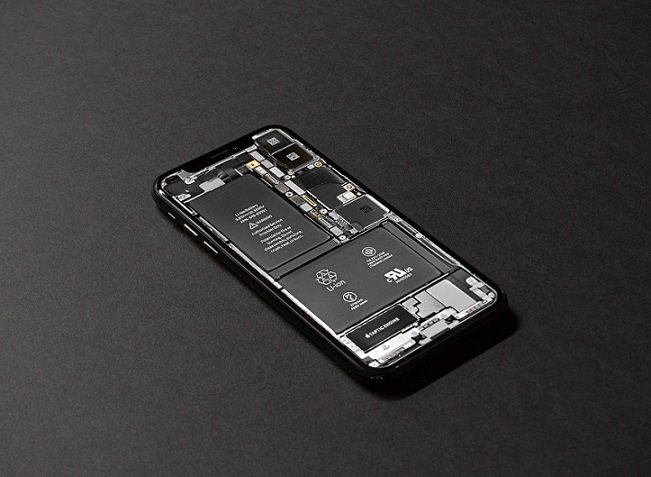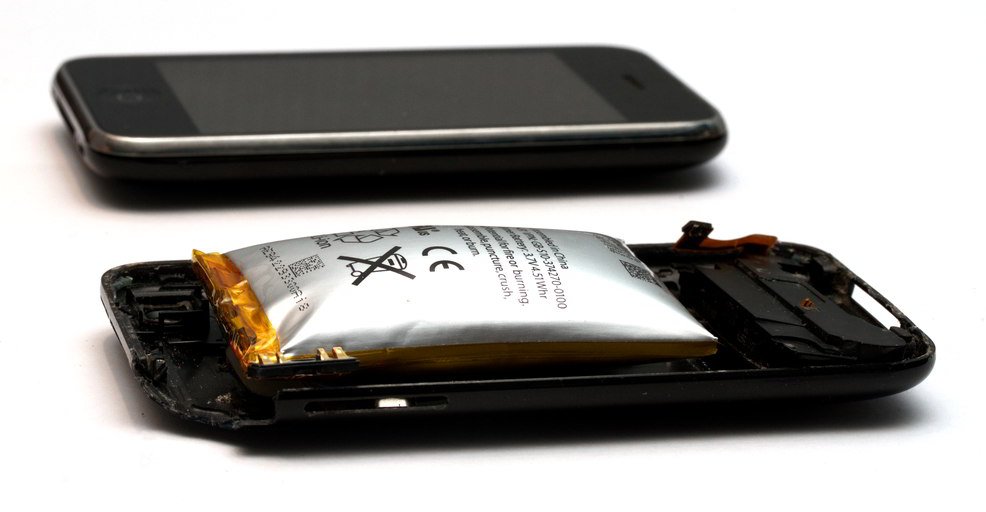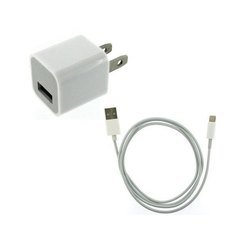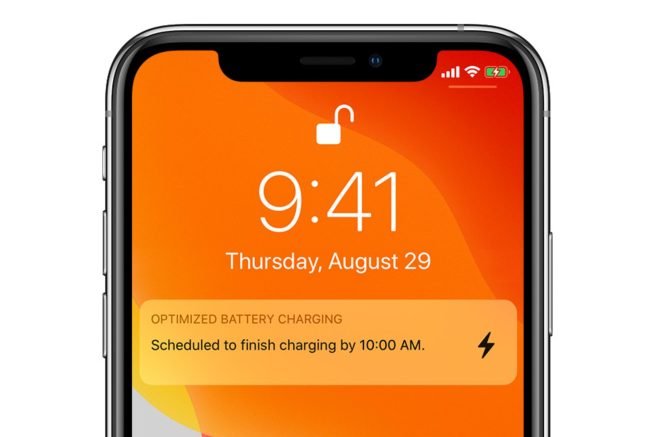Nowadays, we all have seen every company boasting about its new smartphone that has fast charging abilities. But the feature of fast charging never comes free.
How does your phone battery work?
Battery works with two poles- the negative pole and the positive pole. So as the name of the negative pole suggests, it will have a ton of free electrons while at the positive end it will have less free electrons. And as per the nature of electrons, they would like to flow from the negative end to the positive end, which allows these flow of electrons to power the various components that come in their way. Eventually, once all the electrons have flowed, your battery will be dead. So this is where charging comes in the talk, as we can use electricity to push electrons back to the negative pole of the battery, which will create a difference between the two poles of the battery. So the task of all the chargers present in the world is pushing those electrons back faster but here is where the problem arises.

PROBLEMS TO FASTER CHARGING
*1 Limited Capacity
By limited capacity, it is meant that in any given amount of space you will get less battery capacity. But the battery doesn’t work alone with two poles, you also need a separator to ensure that the free electrons don’t just go straight from one side of the battery to the other as you want them to flow the circuit you have designed to power components. Moreover, if you want to charge your battery faster you need to make the separator thicker to keep the battery stable. And increasing the battery separator will result in a fall in battery density. If you wish to charge your phone ultra-fast, you need to think a step further and split the battery itself into two separate batteries which will result in more space wastage. This is quite easy to understand as we find fast charging in only big phones.
*2 Overheating
Faster charging results in more heat production due to the reason for faster electron movement between two poles. And it is quite common that due to heating, the physical structure of battery changes as heat and battery is not very good friends. And continuous heating of the battery will result in the ability to charge itself fall over time. Even if the battery is kept at a temperature at 30°C, the battery will lose approximately about 20% of battery capacity over a year and if kept at 40°C, a 40% loss can be expected. This the reason why it is recommended to leave the phone alone when it is charging as while charging, heating is normal and if you use it, you will result up in heating more.

Recently a gaming phone, ROG-3, was launched which provided a USB-C port positioned to be able to charge while gaming. But it is not considered a good approach but the exception being that if we force the charger to provide power to the components of the phone directly and not touching the battery, this process is known as bypass charging. As a result nor the battery, the percentage will go up neither down and it is used by the ASUS ROG-3 gaming phone.
*3 Diminishing Returns
As when we achieve the effectiveness of faster charging i.e. more powerful charging will result in more diminishing returns. As we must have noticed that manufacturers quote how fast their chargers are, they will always use the starting figure how fast it can charge the first 50%. This is because as the wattage you get given is not actually the wattage your phone will constantly be charging at but it is just the maximum value it can reach and it will reach somewhere near the early part of charging. As your battery is approaching to full, no matter how powerful your early charging is, you have to eventually slow down to protect the battery’s health and as a result, a 60W charger is not twice as fast as a 30W charger. So actually fast charging does through some avenue or another means you are going to get less battery as you use your phone. This is the reason why some companies are integrating the option to slow charge your device. And this is used as a marketing strategy but it makes a little bit of sense if we consider maintaining our battery life.

This might be the reason why it took Apple so long to switch away from giving people tiny little five-watt charger as obviously providing these in the box will make them more money because they can then sell fast chargers separately but they also probably figured that because most of their users were fine but did not complain about the existing charging speeds. And if they raised it, all it was going to do is reduce the longevity of their phones. Apples want its phone to last a long time that’s part of the reason why they haven’t introduced 65-watt fast charging.
Common Facts about Charging
*1 All Chargers Degrade
Some users believe that slow charging will be good for your battery, but it is not true. No matter what charger is being used or how careful you are, your phone after two users of charging and using the battery is not going to be able to last as long as it once did.
*2 Charging Buffers
As you may have seen, when your device shows 100% battery, it is not 100% full. As many manufacturers tend to add a buffer into the smartphone so even when it looks like it is full there is a little bit of extra capacity so that the user does not fill it damage it big time but on top of that historically one of the problems with the faster charging is that your device will charge up pretty quickly but then continue to receive charging when it is full and that can be damaging.
*3 Smart Power Bricks
Nowadays most manufacturers have designed their included power bricks to be able to communicate with the phone. They are now actually made to cut the power when you hit 100% so overcharging isn’t a problem either.
*4 Optimized Charging
Some of the manufacturers make use of a method known as optimized charging. In this technique, your battery will be prevented from hitting 100% until you need it to hit the mark. So if we take an example of the iPhone, it has learned that its owner will wake up at 7:30 am and if the owner puts it on charging, iPhone will instantly charge up to 50% and right before an hour before the owner wakes up it will start filing itself. Nowadays, it’s a default feature on iOS 13 onwards, and some android doo it too.

So most of the manufacturers acknowledge that 30-watt charging is roughly what you need to give you speed but also keep the heat relatively low and allow you to have a large high-density battery. And if you going to charge a 5000mAh battery and 3000mAh battery with a 30-watt charger, the 5000mAh will reach the 3000mAh mark faster than the 3000mAh battery because of the whole concept of charge slowing down as the battery starts to fill up.
But somehow the problem with the compromise between battery capacity and charging speed will stick around a little longer but once the concept of graphene circuits is introduced, the problem will eventually end.
